
How to improve your in vitro model
In vitro models have long served as a cornerstone in biological and medical research, offering a controlled and simplified platform...
Read more
In vitro models have long served as a cornerstone in biological and medical research, offering a controlled and simplified platform...
Read more
In the previous two blogs of this series, we have discussed the development of a functional invitro bronchial epithelial mucosal...
Read more
Allergic asthma is a chronic inflammatory condition that affects millions of people worldwide. Current treatments primarily focus on managing symptoms...
Read more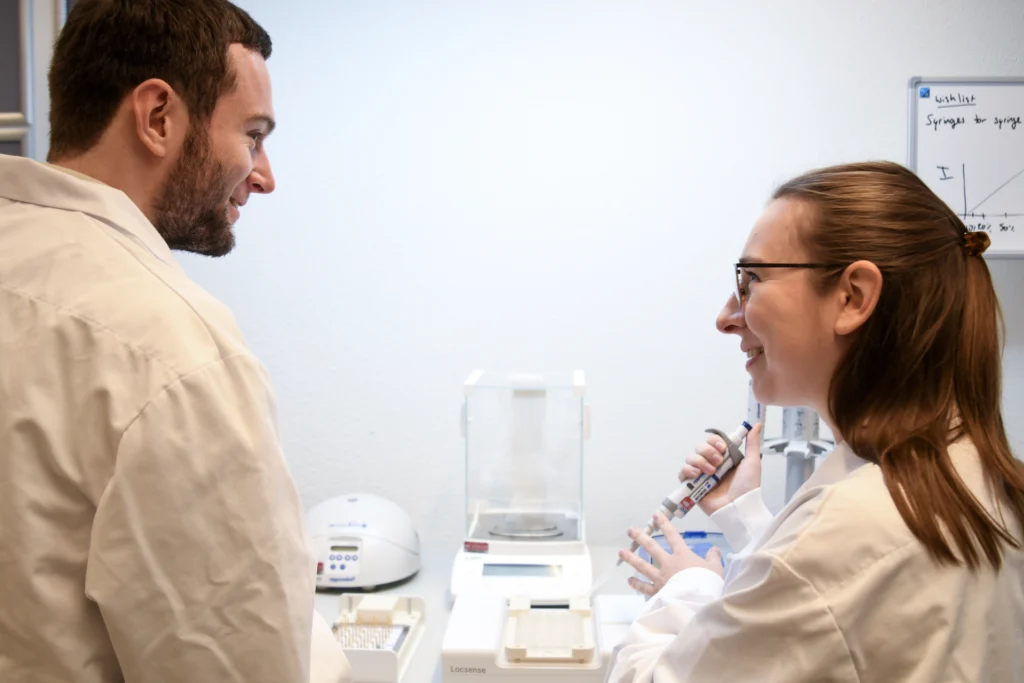
The respiratory system is constantly exposed to airborne pathogens, allergens, and pollutants, making the bronchial epithelium a critical first line...
Read more

Big news in skin science! A study in Nature Communications has uncovered a new detail about how our skin's protective...
Read more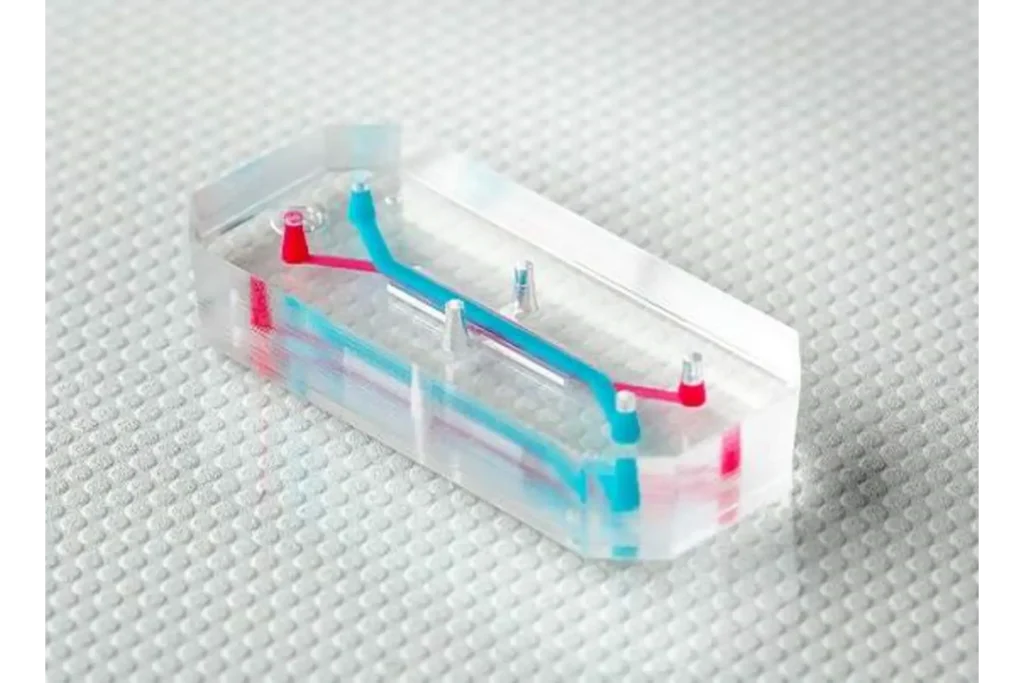
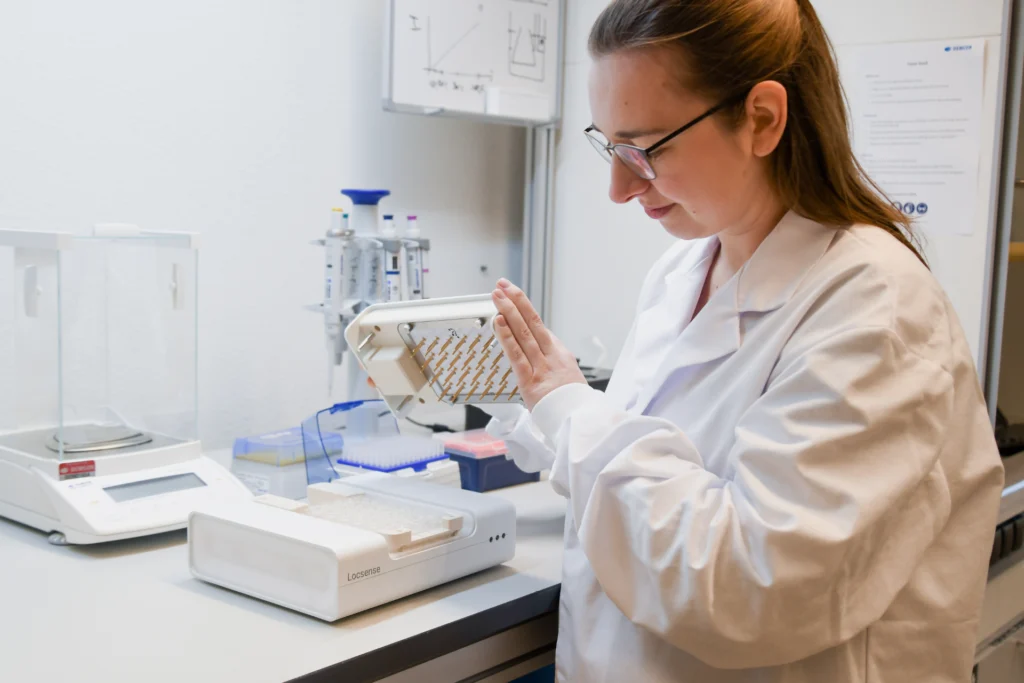
Impedance spectroscopy is a powerful analytical technique widely used in in vitro testing to evaluate the barrier function of cell...
Read more
Besides providing hardware and software for impedance spectroscopy, we are actively involved in several innovative projects. One of the projects...
Read more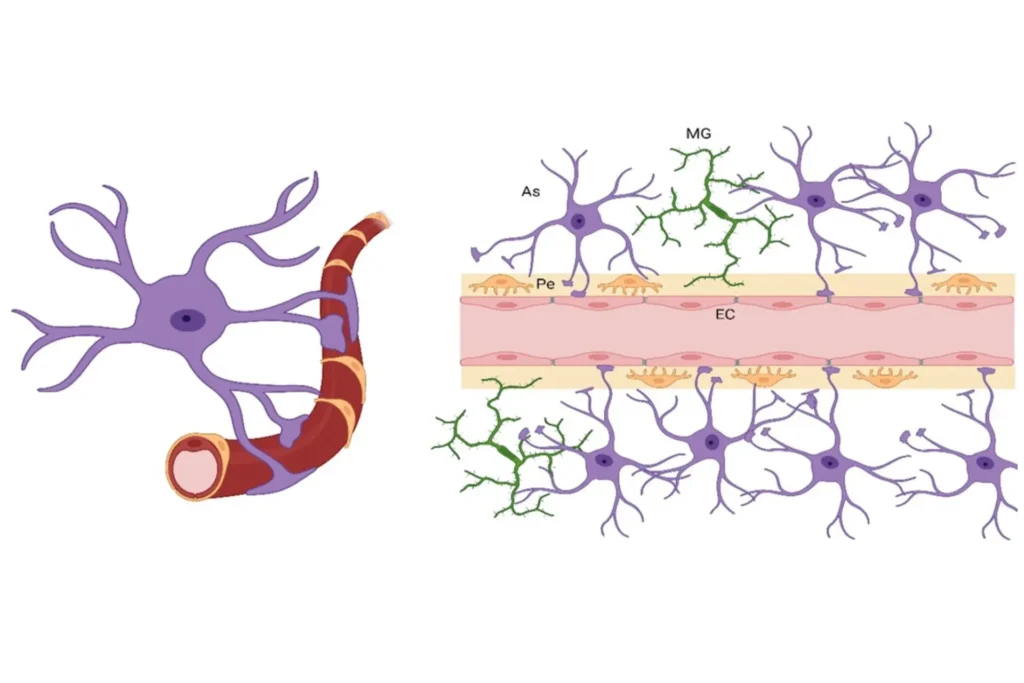
The blood-brain barrier (BBB), as the name states, is a highly selective and protective interface between the bloodstream and the...
Read more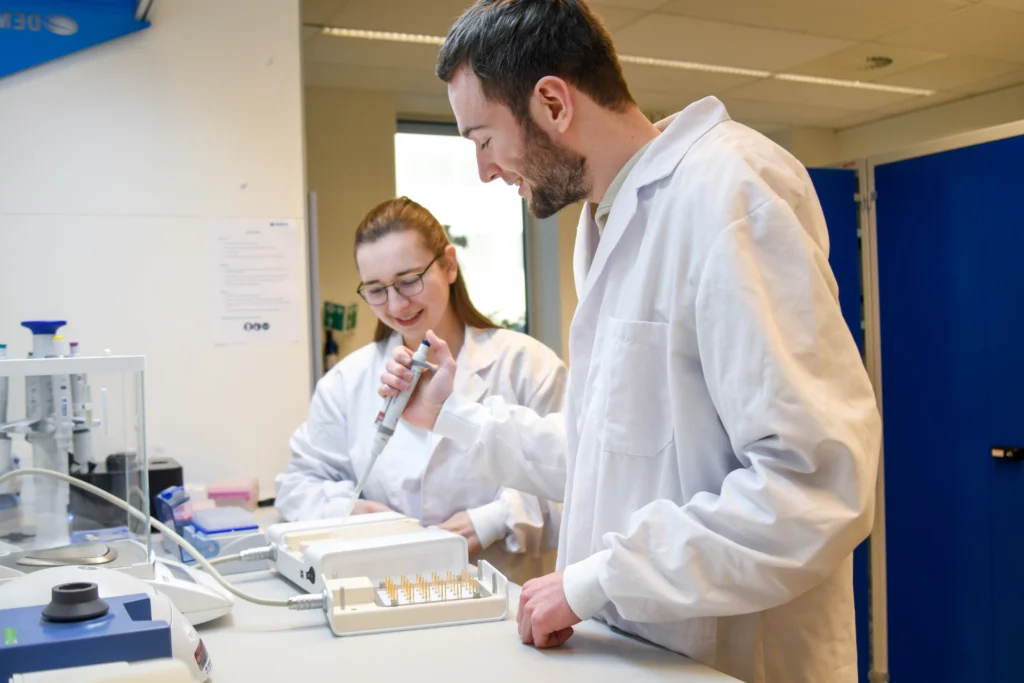
Animal testing has long been a fundamental aspect in biomedical research, toxicology studies, and drug development. However, ethical concerns and...
Read more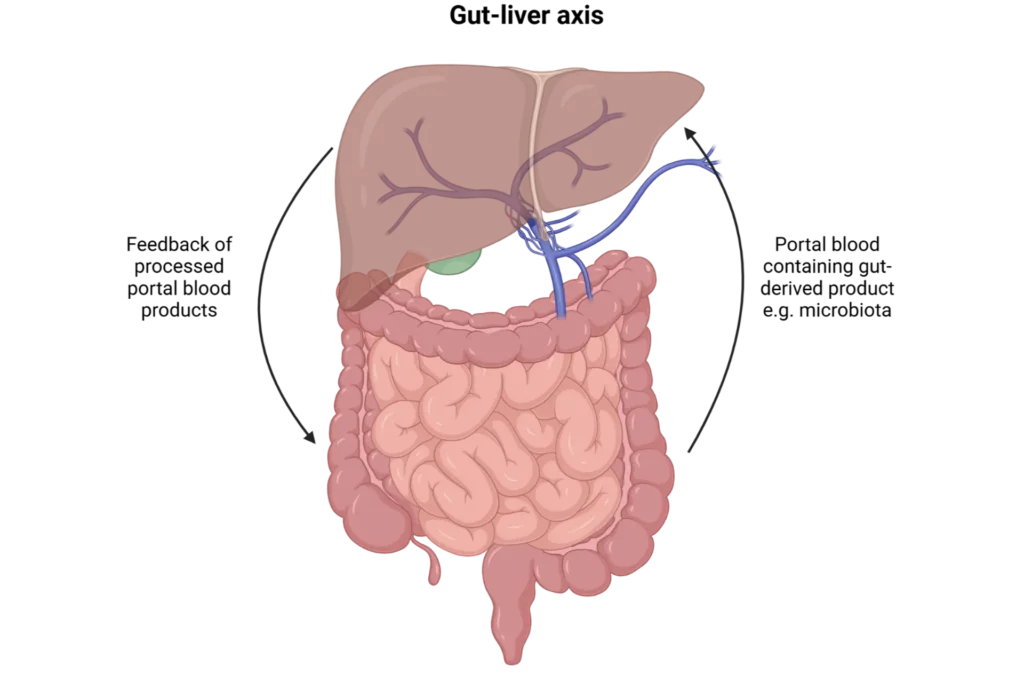
The development of a highly representative in vitro gut-liver model is essential for improving drug testing accuracy while minimizing the...
Read more
Allergic asthma is characterized by sensitization to airborneallergens like house dust mite (HDM). Human milk oligosaccharides (HMOS) are linked to...
Read more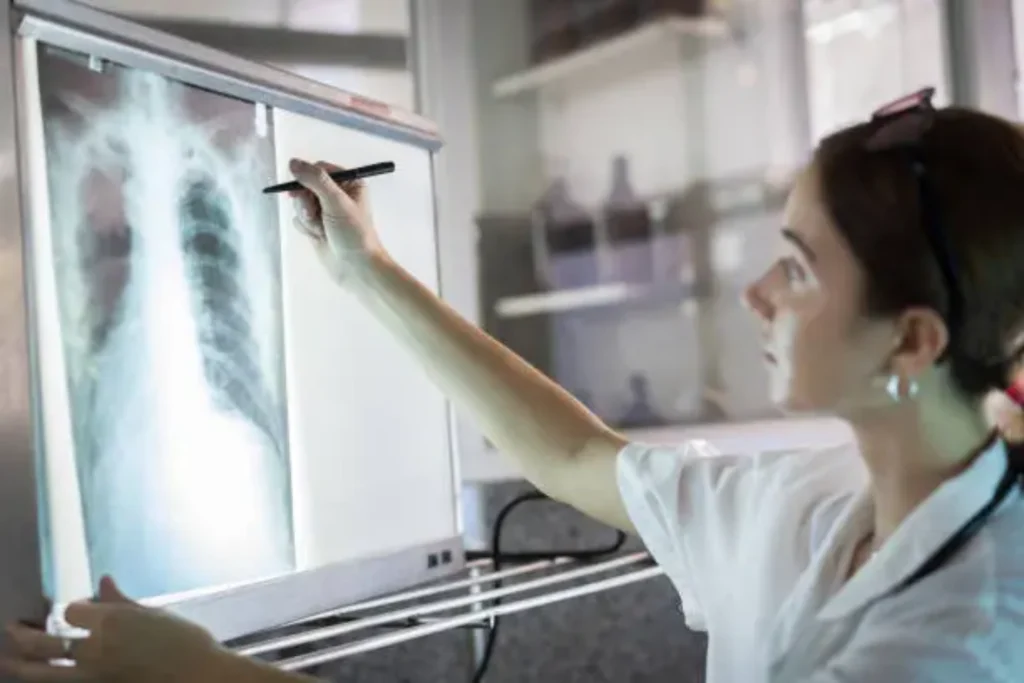
Chronic pulmonary diseases are a high burden on the healthcare system and on the quality of life (QoL)of its patients....
Read more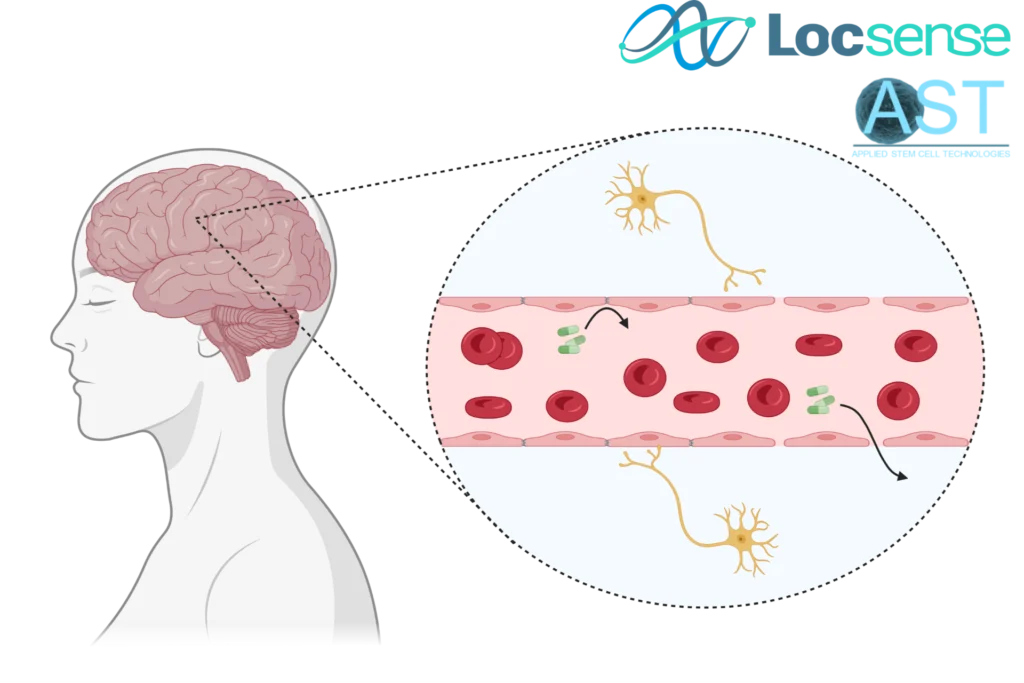
The blood-brain barrier (BBB) is a highly specialized and complex physiological structure that plays acrucial role in maintaining the homeostasis...
Read more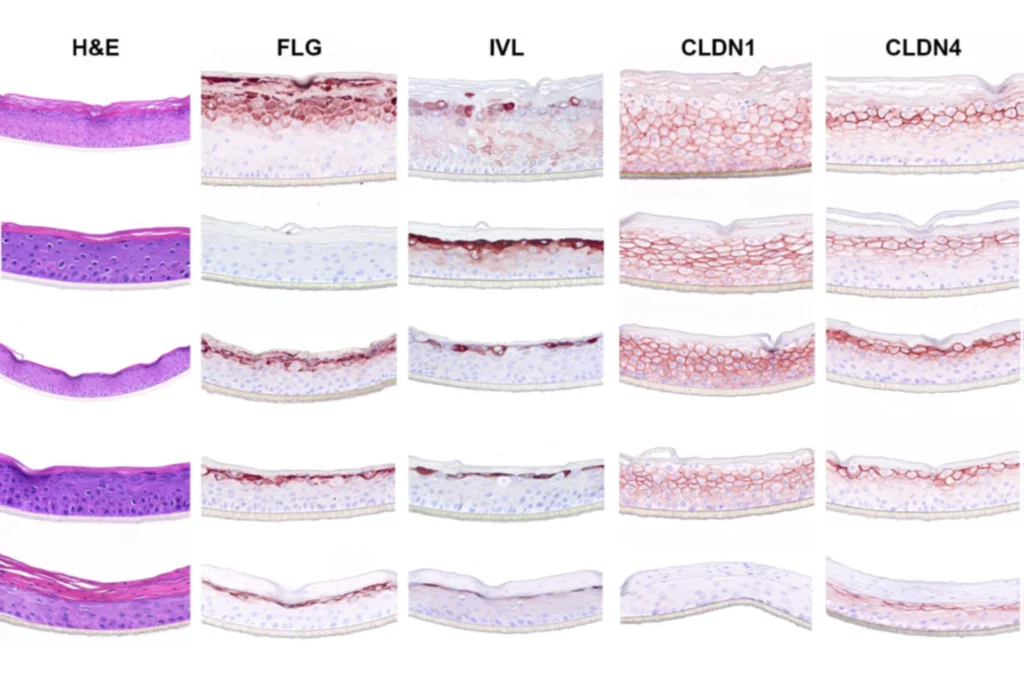
For research into skin biology, diseases, and drug or chemical interactions, organotypic 3D human epidermal equivalents (HEEs) are frequently used....
Read more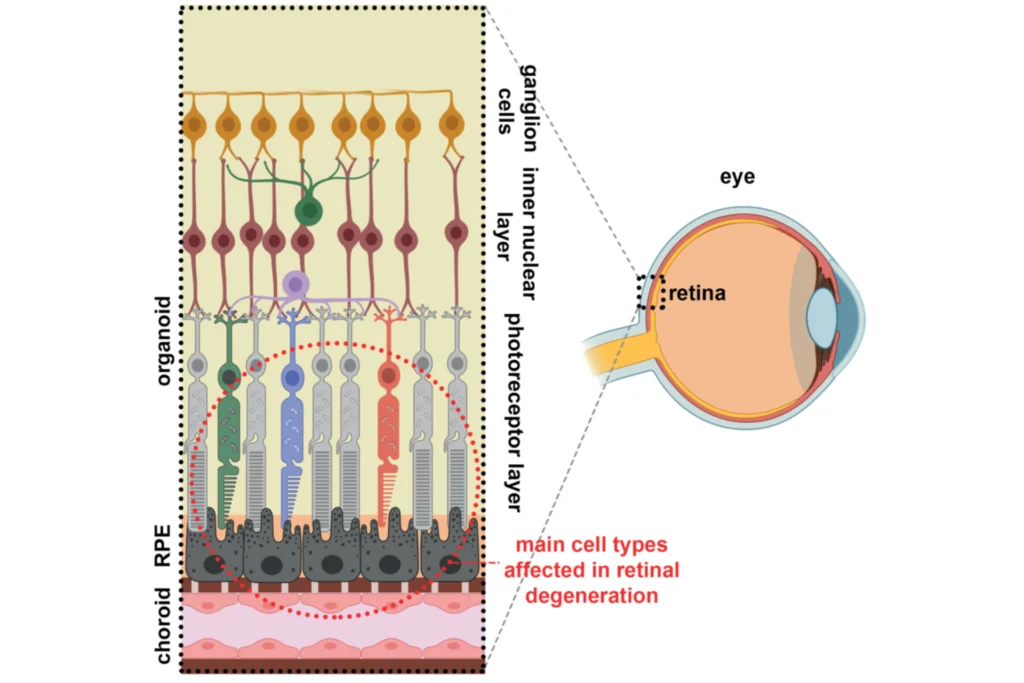
The human rena is a highly organized structure consisng of neural rena, renal pigment epithelial (RPE)cell layer, and vasculature, called...
Read more
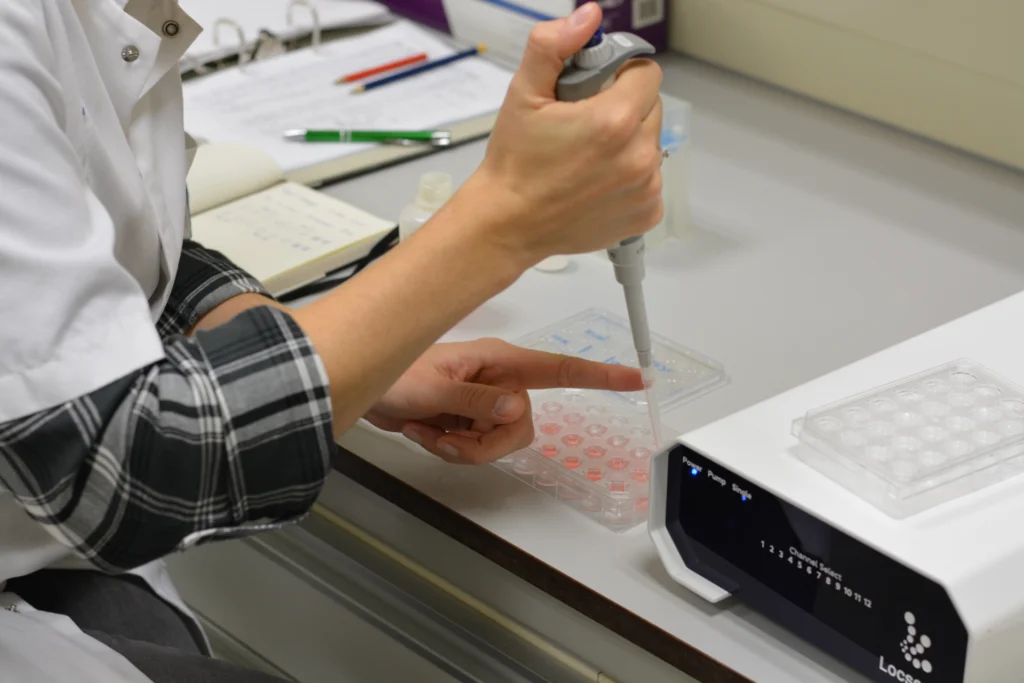
For research into skin biology, diseases and drug or chemical interactions, organotypic 3D human epidermal equivalents (HEEs) are frequently used....
Read more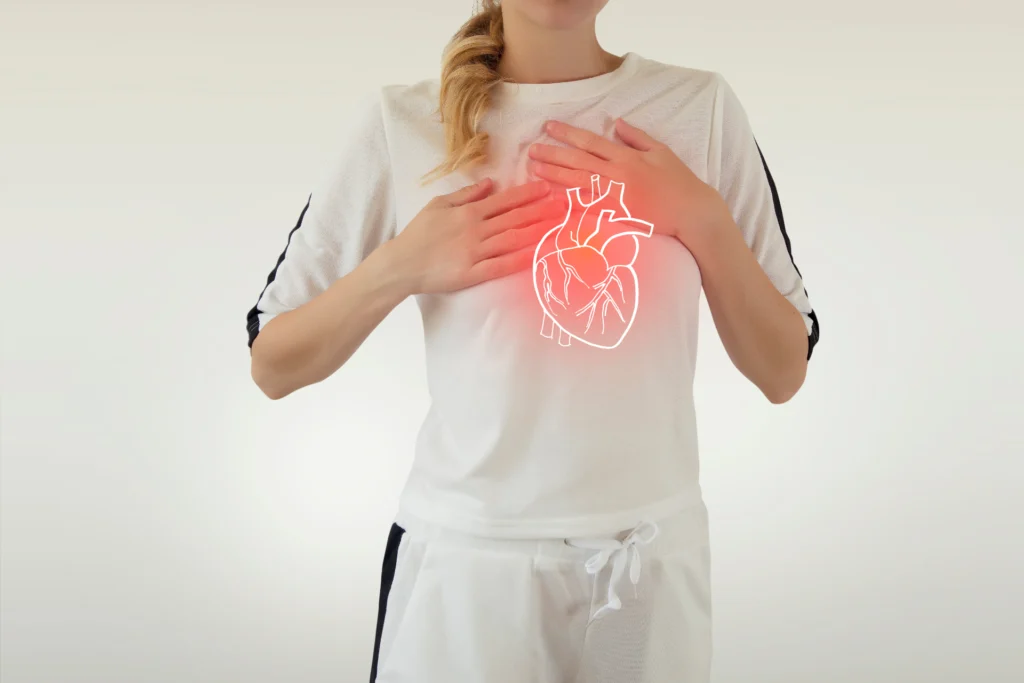
COPD is a major global cause of mortality, but current treatmentsonly provide symptomatic relief. Limited progress in developing new therapies...
Read more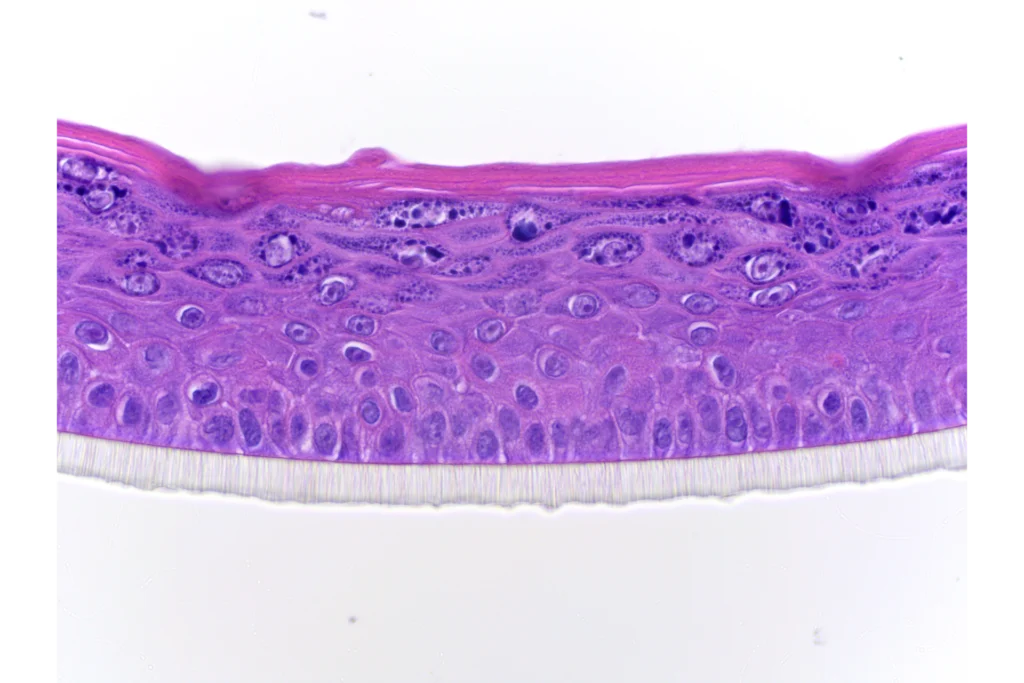
Ever since the association between FLG loss-of-function variants and ichthyosis vulgaris and atopic dermatitis disease onset was identified, FLGs function...
Read more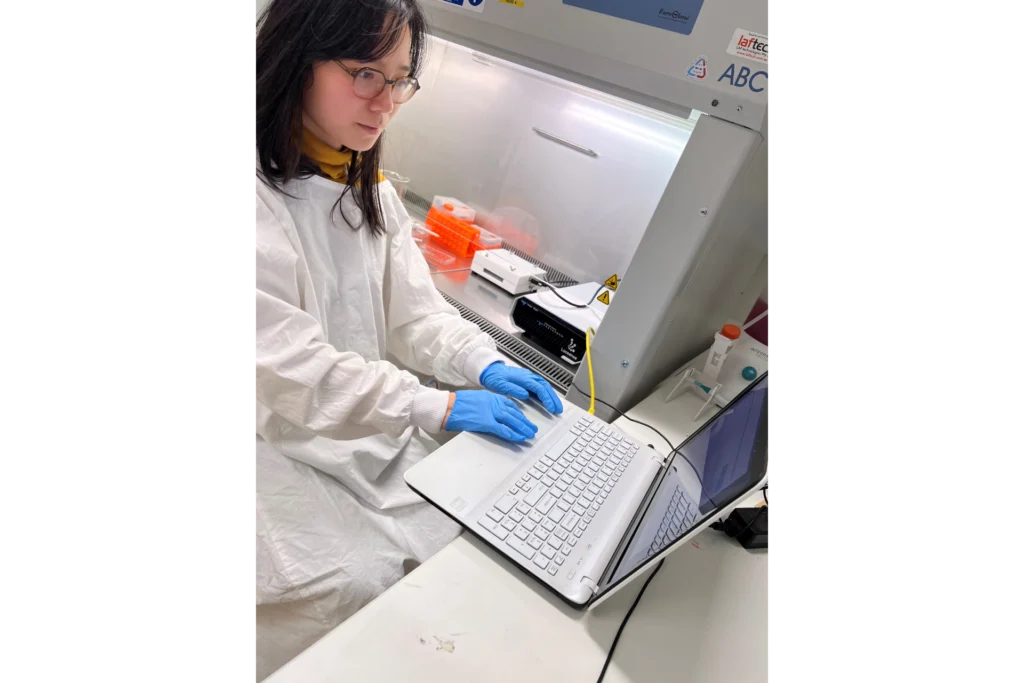
Background Respiratory diseases are the 2nd leading cause of death globally. The current treatments for chronic lung diseases are only...
Read more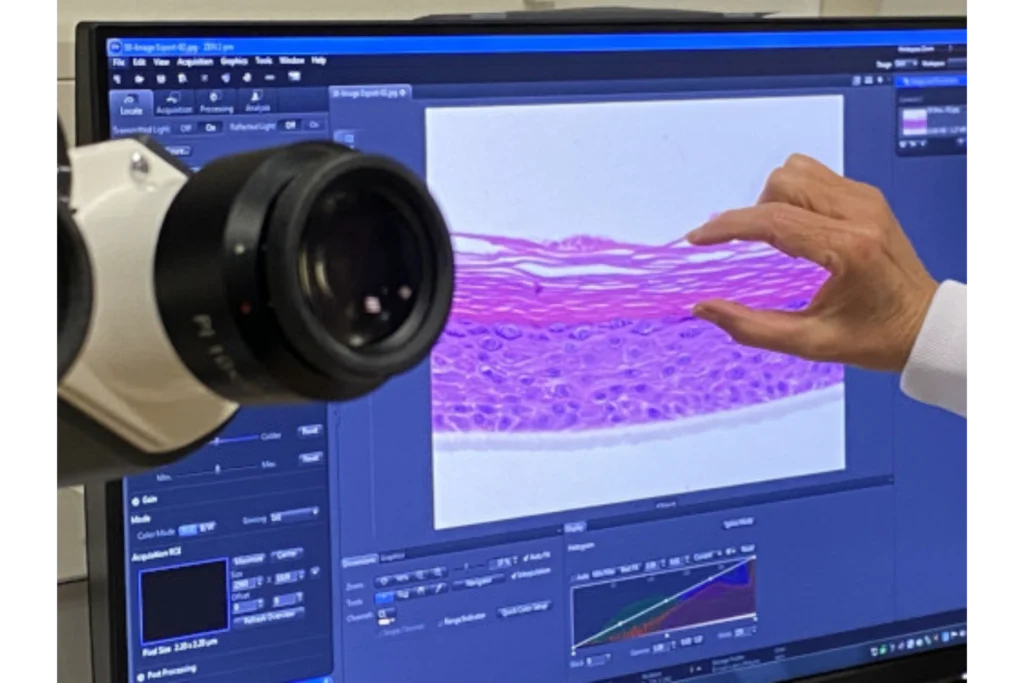
The aryl hydrocarbon receptor (AHR) is an evolutionary conserved environmental sensor identified as indispensable regulator of epithelial homeostasis and barrier...
Read more
3 D human epidermal equivalents (HEEs) are a state‐of‐the‐art organotypic culture model in preclinical investigative dermatology and regulatory toxicology. Here,...
Read more
Nearly 2500 years ago Hippocrates stated, “all disease begins in the gut”. We now understand that impairment of the barrier...
Read more
The skin serves as an integral barrier between an organism and harmful external stimuli such as allergens, chemicals and infectious...
Read more